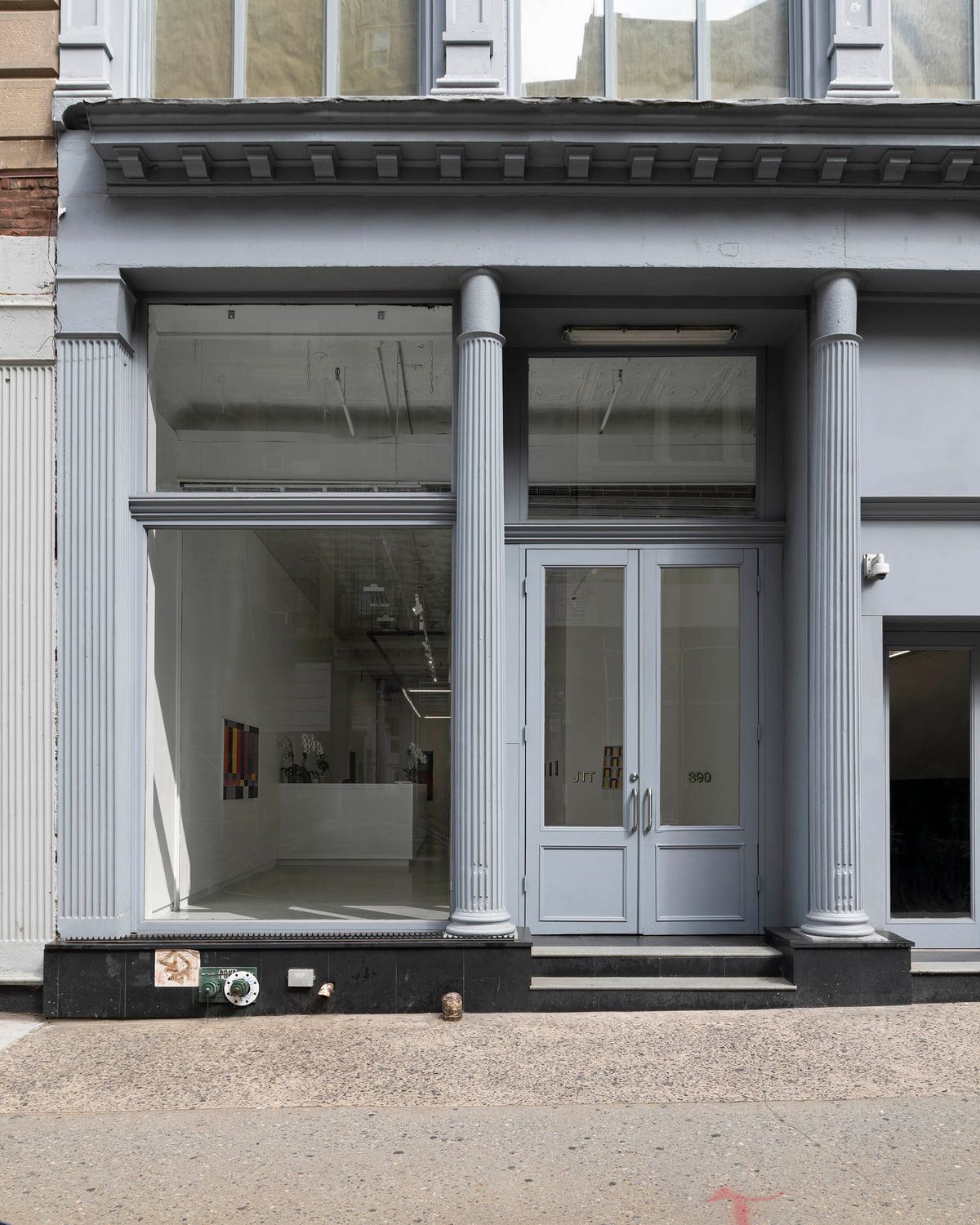JTT, one of New York’s sharpest galleries, will close its doors after more than a decade. Founded by Jasmin T. Tsou in 2011, the gallery previously operated out of spaces on the Lower East Side before joining the Tribeca migration, opening in a prominent, 8,000 sq. ft ground-floor space on Broadway last spring. Over the course of 83 shows, it introduced New York audiences to the work of now-buzzy painters like Issy Wood and Jamian Juliano-Villani, as well as curatorial darlings King Cobra, Sable Elyse Smith and Diane Simpson.
Tsou declined to go into detail about her reasons for closing, other than to say that “several things came to a head”. In an email to supporters sent out Thursday afternoon, she wrote: “It has always been our mission to exhibit visionary work and present exhibitions in which we believe without compromise, and we are so proud that this remarkable project has lasted for over a decade.” She said she would share more details about her next chapter “in the coming months”. Tsou told The Art Newspaper she plans to remain in the art world and looks “forward to integrating both old and new relationships with the artists I believe so much in”.
JTT’s closure comes at a moment of uncertainty in the art market, as the exuberance of the past three years fades and demand for the work of young artists becomes considerably less frenzied. Last month, the founders of Zeno X Gallery in Antwerp announced they would shutter their business after 42 years, citing health issues that “caused the stress and pressure to become too much”. Simon Lee Gallery in London recently entered into administration amid financial difficulties. Tsou did not cite any specific impetus for closing JTT; the gallery is currently suing its former landlord at 191 Chrystie Street for the return of a $28,000 security deposit.
Tsou’s path to art dealing was somewhat circuitous. She studied studio art at New York University and, after graduation, taught art at the university’s Shanghai branch. After abandoning the idea of becoming an artist, she had stints at Maccarone Gallery and Kimmerich Gallery. (In yet another sign of the precarious nature of the art business, both spaces have since closed.) Tsou opened her own gallery on the Lower East Side to showcase the community of artists she had begun cultivating at NYU, including Charles Harlan, Borna Sammak and Becky Kolsrud.
In recent years, JTT grew from a scrappy upstart into a midsize gallery, with a staff of four, regular attendance at Art Basel and Frieze, and a sleek Tribeca space. But it maintained a willingness to experiment with material that was less market-friendly. Recent exhibitions included a solo presentation of drawings by James Yaya Hough, who was formerly incarcerated at Graterford Prison in Pennsylvania, on documents ranging from weekly cafeteria menus to official inmate grievance forms. Another recent show, by the artist King Cobra (Doreen Lynette Garner), included as its centrepiece a great white shark covered in decaying white flesh and suspended in a 13ft cage.
Artists and staff were informed of the gallery’s imminent closure last week. JTT’s current group show, which features work by artists including Carol Bove, Jenny Holzer and Tau Lewis exploring the concept of play, will be its last. It closes on 11 August.
“Running a gallery is one of the most fulfilling experiences I will likely ever have,” Tsou told The Art Newspaper. “Every person that has been a part of JTT held shared beliefs in what we made and always put the artists’ ideas first. I’m proud JTT grew despite what was going on outside of us, not because of it.”


